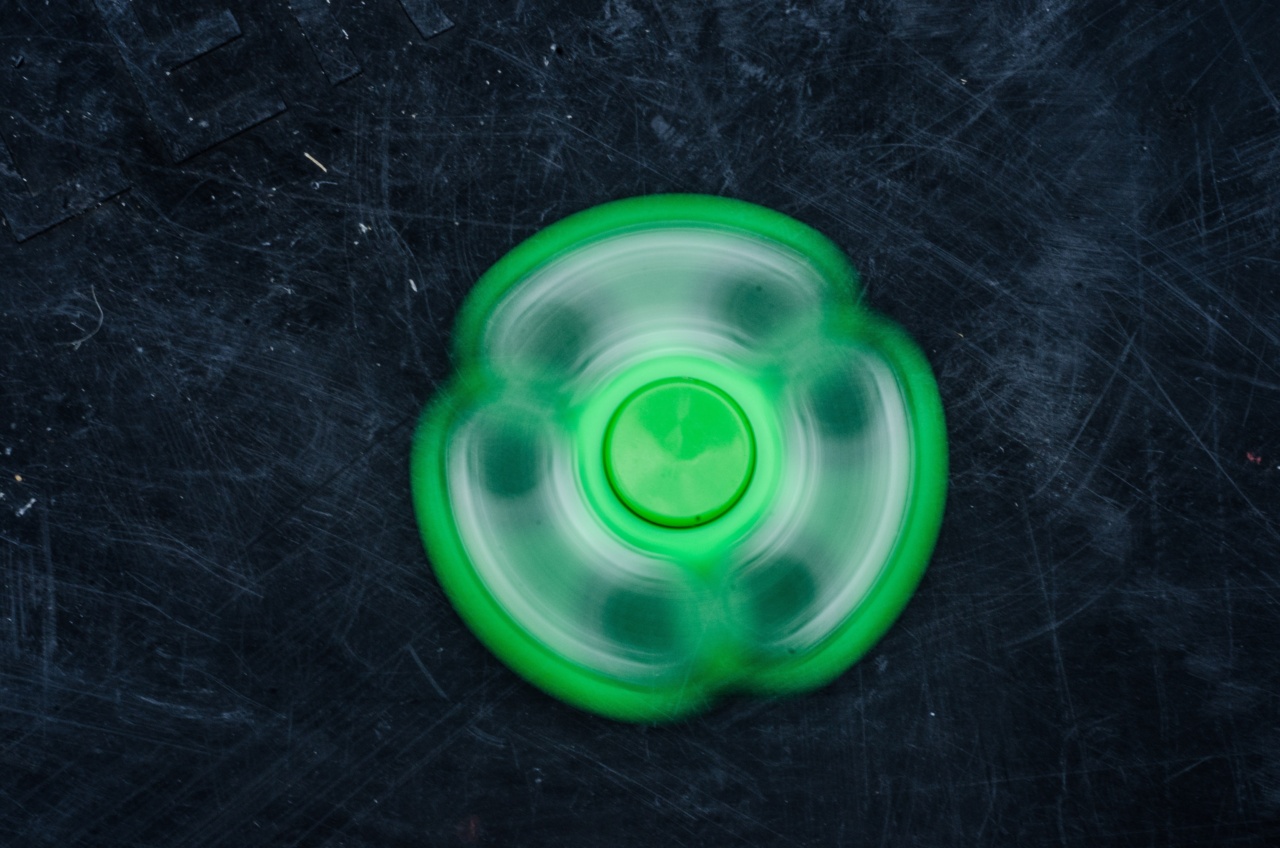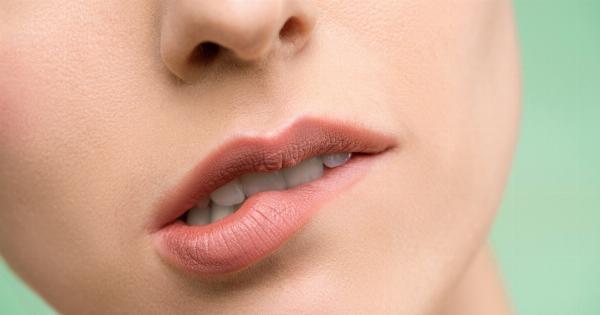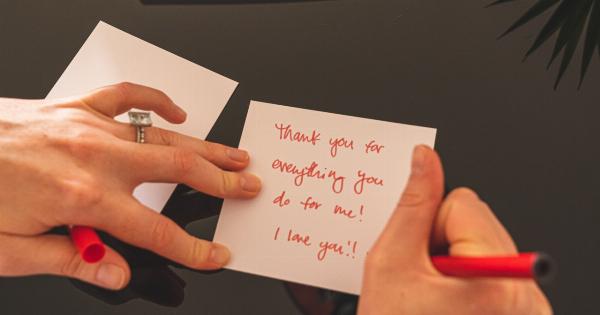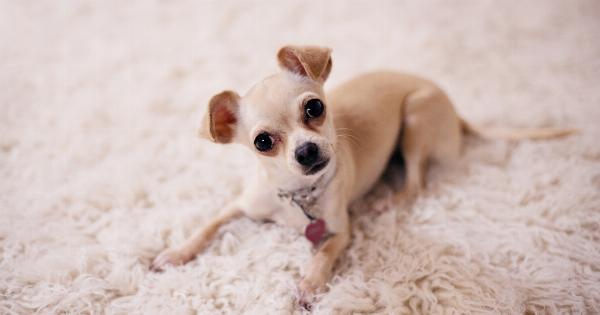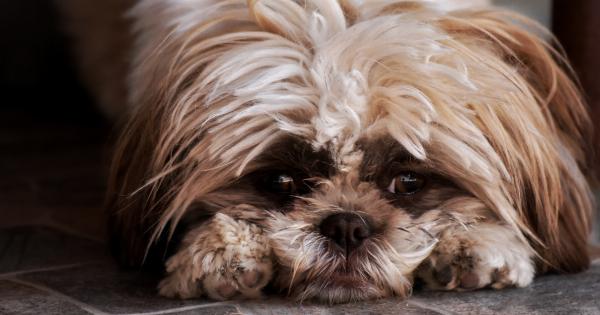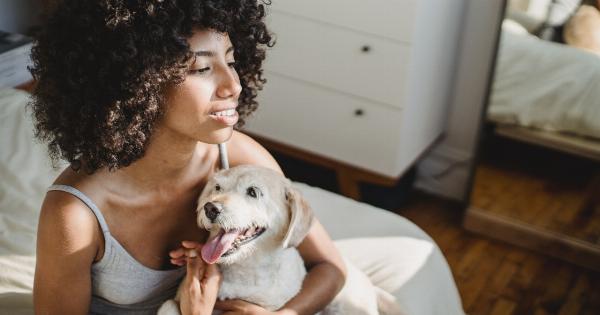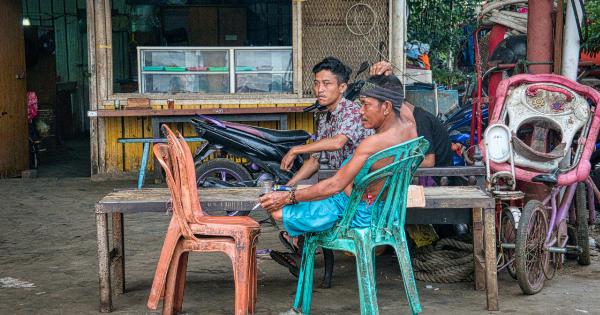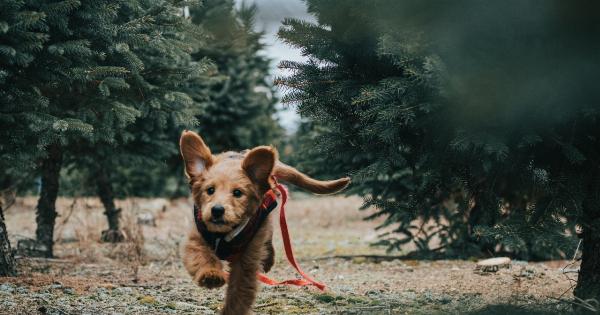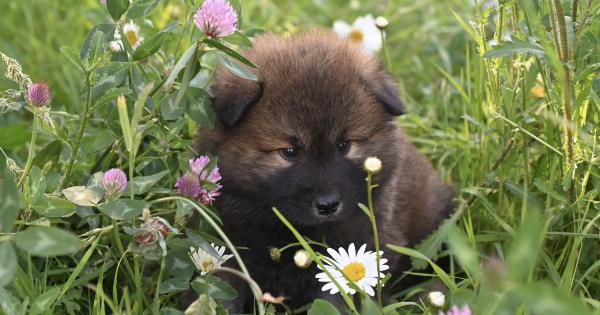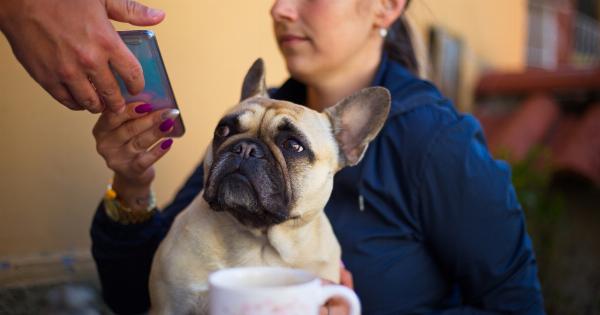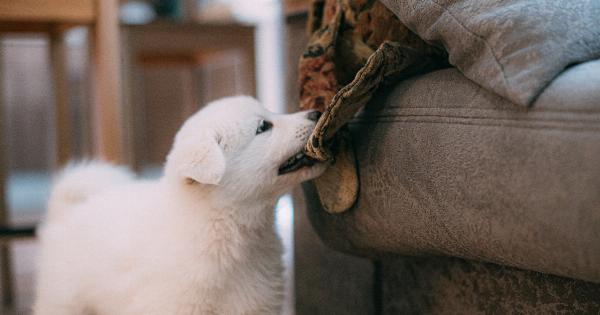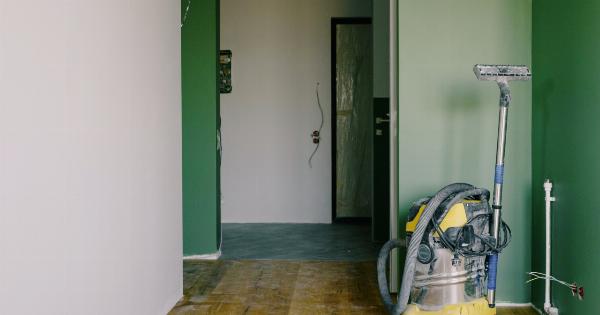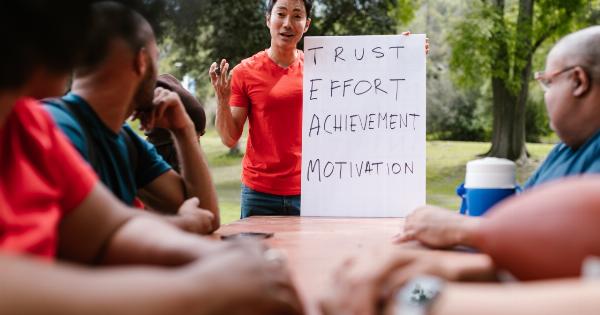Bringing a new puppy into your home can be an exciting and joyful experience. However, just like humans, dogs can also experience anxiety in certain situations.
It is important for pet owners to understand how to alleviate their puppy’s anxiety and help them feel more at ease. One effective method to accomplish this is through exposure therapy.
What is exposure therapy?
Exposure therapy is a technique commonly used in behavioral psychology to help individuals become more comfortable and less fearful of specific situations or objects. The same principles can be applied to puppies to help them overcome their anxieties.
By gradually exposing your puppy to the things that make them anxious in a controlled and positive manner, you can help them develop coping mechanisms and build confidence.
Identifying your puppy’s anxiety triggers
Before you can begin the exposure therapy process, it is essential to identify the specific triggers that cause anxiety in your puppy.
Common sources of anxiety for puppies include loud noises, unfamiliar places, strange people or animals, and separation from their owners. By paying close attention to your puppy’s behavior and body language, you can pinpoint these triggers.
For example, if your puppy becomes visibly anxious or starts trembling when hearing thunderstorms or fireworks, it is likely that they have noise-related anxiety.
Similarly, if your puppy becomes agitated or fearful when encountering new individuals or animals, they may have social anxiety.
Gradual exposure is key
Once you have identified your puppy’s anxiety triggers, the next step is to expose them to these triggers in a gradual and controlled manner.
The goal is to help your puppy associate positive experiences with the previously anxiety-inducing triggers.
For instance, if your puppy has separation anxiety, start by leaving them alone for short periods of time and gradually increase the duration.
Provide them with interactive toys or treats to keep them occupied and create positive associations with your absence. Over time, your puppy will learn that being alone does not always lead to negative experiences.
Desensitization and counter-conditioning
Two fundamental techniques often employed in exposure therapy for puppies are desensitization and counter-conditioning.
Desensitization involves gradually exposing your dog to the trigger in a controlled and safe environment, starting with a low-intensity version of the trigger and working towards a higher intensity version over time.
Counter-conditioning, on the other hand, involves pairing the presence of the trigger with something pleasant or rewarding for your puppy. This can be treats, praise, or playtime.
The goal is to change your puppy’s emotional response to the trigger from fear or anxiety to excitement or positivity.
Creating a structured exposure plan
To effectively ease your puppy’s anxiety, it is crucial to create a structured exposure plan. This plan should include specific goals, timelines, and gradually increasing levels of exposure.
For instance, if your puppy is fearful of car rides, you could start by having them sit in a stationary car with the engine off for short periods. Then, gradually progress to turning the engine on and going for very short drives around the block.
As your puppy becomes more comfortable, you can increase the duration and distance of the car rides.
Seeking professional guidance
If you find that your puppy’s anxiety is severe or difficult to manage on your own, it may be beneficial to seek professional guidance.
A certified dog trainer or animal behaviorist can provide expert advice and guidance tailored to your puppy’s specific needs.
They will be able to develop a personalized exposure plan, offer additional techniques for anxiety management, and provide professional support throughout the process.
Remember, there is no shame in asking for help when it comes to your puppy’s well-being.
Avoiding negative reinforcement
It is essential to avoid using negative reinforcement or punishment when working with an anxious puppy. Punishing your puppy for exhibiting fearful behaviors will only reinforce their anxiety and worsen the situation.
Instead, focus on rewarding positive behavior and providing a safe and supportive environment.
Patience and consistency
Easing your puppy’s anxiety will not happen overnight. It requires patience and consistency. Understand that progress may be slow at times, but every small step forward is a victory.
Celebrate your puppy’s successes and provide encouragement and reassurance throughout the process.
Consistency is also key. Stick to your exposure plan and ensure that all family members and caregivers are on the same page. Inconsistency can confuse your puppy and hinder their progress in overcoming anxiety.
Gradual exposure in real-life scenarios
Once your puppy starts showing progress in controlled environments, it is important to continue their exposure to anxiety triggers in real-life scenarios.
This can include walks in unfamiliar neighborhoods, visits to new places, meeting different people, or introducing them to other animals.
Always prioritize your puppy’s safety and well-being during these exposures. Gradually increase the difficulty level as your puppy becomes more comfortable and confident.
Remember to pair each exposure with positive reinforcement to maximize the effectiveness of the therapy.
Sociability classes and puppy playgroups
Sociability classes and puppy playgroups can be immensely beneficial for anxious puppies. These controlled environments provide an opportunity for your puppy to interact with other dogs and people under the supervision of a professional.
It can help them develop social skills, build confidence, and reduce anxiety.
These classes also promote positive experiences and associations with new situations, further aiding in anxiety reduction.
Additionally, interacting with other puppies and dog owners can be a great support system for you as a pet owner, as you can learn from others’ experiences and share valuable advice.
Ensuring a safe space for your puppy
Finally, it is crucial to provide your puppy with a safe space where they can retreat to when feeling anxious or overwhelmed. This can be a crate, a designated corner of a room, or a cozy bed.
Make this space comfortable and filled with familiar objects, such as toys, blankets, or clothing with your scent.
Encourage your puppy to use this space whenever they feel overwhelmed or tired. It should be a place where they can relax and feel secure. Avoid forcing your puppy into this space or using it as a form of punishment.
Conclusion
Anxiety in puppies can be distressing for both the puppy and their owner. However, with the right techniques and a patient approach, it is possible to alleviate and manage your puppy’s anxiety effectively.
Exposure therapy, with its focus on controlled and gradual exposure, combined with desensitization and counter-conditioning, can help your puppy overcome their fears and develop coping mechanisms. Remember to seek professional guidance if needed, be patient, and celebrate every small step forward. Your puppy’s well-being is worth the effort.
